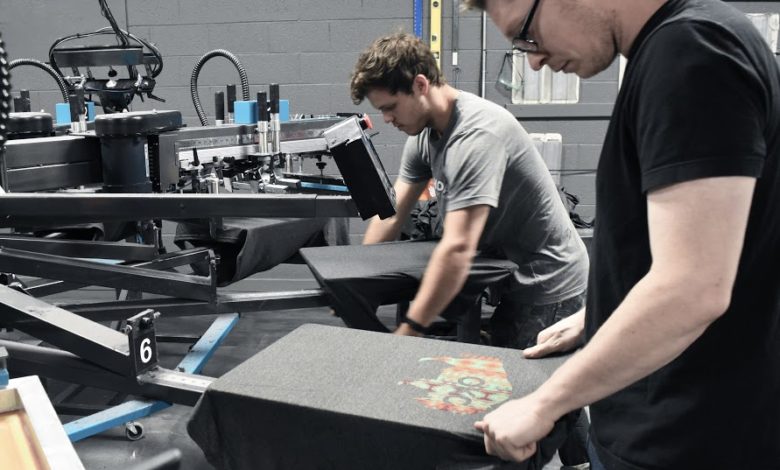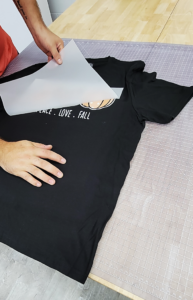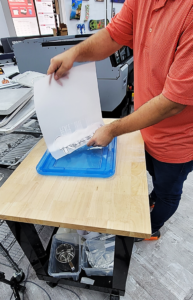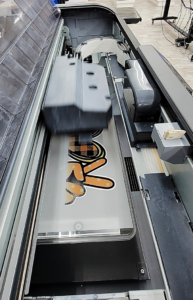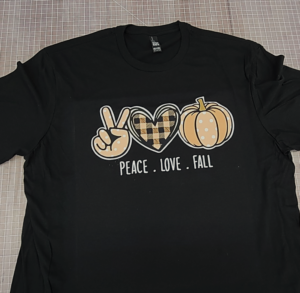In a garment decorator’s world, or an industry supplier or manufacturer — or in the even greater world of all businesses today — there are supply and demand concerns. Rising prices, scarcity, and questions of when it will end are at the forefront of business owners’ and consumers’ minds.
Where we stand today
Products, equipment, and decorating supplies don’t arrive when we expect them anymore. The products our customers request from us are out of stock indefinitely, or there today but gone tomorrow when we place the order. Prices are inching upward from T-shirts to the ink printed on the front. And today, no one has a good handle on how long shortages, delays, and price increases will persist. Not knowing the end game is the greatest anxiety we all face. But, as with all economic downturns and assorted calamities in our business lives, this crisis too shall pass. The smart, the flexible, the open-minded, and the expert at our craft and trade will survive.
How did we get here?
COVID-19 is the most common response today when we ask, “Where is it, and what’s the holdup?” Maybe to the point sometimes that COVID-19 becomes an easy excuse for all delays, mistakes, and mishaps. But open, semi-open, and closed populations worldwide are impacting the flow of machines, supplies, and soft goods to our shops and our stores.
We’re a world economy — no matter how much you want to buy local, buy made-in-the-USA, buy North American, or whatever your chosen criteria. The manufacturer of any machine in your shop can be felled by a simple electronic component from Asia. A machine with 1,000 parts cannot ship to you with only 999. So some of our issues with receiving devices, supplies, and garments stem from this dependence on components from around the world. Whether it’s as sophisticated as a microchip or as common as raw cotton, the ability to provide component parts depends on a healthy world economy.
Once these goods — no matter large or small, finished, or just necessary simple parts — reach the docks at our American ports, they still need to move from point A to point B. Half the goods moving into the United States come through the ports of Los Angeles and Long Beach, California. Pre-COVID-19, these ships would unload the day they arrived on our shores. At this writing, those cargo ships wait in line an average of 10 days to be simply offloaded.

Why the holdup? Part of it is a lack of dockworkers to unload the ships. Part of it is a lack of truck drivers to take the products from the dock to your door. A shortage of labor in all segments of our lives is evident when you walk down the main street of your town. ‘Help wanted’ in nearly every window tells the tale on a local scale. That same sign hangs in windows of every type of business across the nation. Has an Amazon package been pushed back a day, two days, three days before delivery? This labor-short economy impacts us all.
And prices? That container filled with T-shirts, electronics, or coffee mugs waiting to be sublimated is sitting on a ship off the California coast, unable to move and unable to generate revenue. Translation to all of us is higher transportation costs. That shipping container that might have cost $3,000 to move across the ocean six months ago is now three or four times more expensive today. That increase in cost may be divided by thousands of T-shirts in a shipping container, but pennies add to pennies that add to pennies of increased costs. And these numbers are not guesses but actual data from T-shirt suppliers we buy from every day.
Some cost increases have resulted from manufacturers and suppliers trying to hold the line on increased costs — sometimes for years. But the COVID-19 effect has forced many to say they are now, and often apologetically, increasing prices. One manufacturer confided they had held off on needed price increases for five years, but the COVID-19 strains on their supply chain, staffing, and even government-mandated shutdowns forced their hand. But garment decorators as buyers simply see yet more price increases to contend with in their day-to-day businesses. “But we haven’t raised our prices in five years,” is little solace when you’re attempting to hold your own pricing lines.
Panic buying has also reduced the availability of products, whether garments or the supplies consumed in the decorating process. One distributor showed me empty rack after empty rack, where months earlier they were brimming with plastisol inks. They shared that customers who had never purchased from them before from across the country were calling and looking for this color or that and then attempting to buy all their inventory of that product. Of course, their concern was having inventory available for their faithful and regular customers.
Panic buying and hoarding have multiplied the impact of shortages within our industry. There is nearly always enough product to go around in a gentler, calmer world until the first person panics and tries to buy for the coming weeks, and even months, ahead. If we could all keep our heads about us, the industry would benefit. In your shop, buy what you need, and anticipate the short-term needs, but be calm in your purchases.
How we can cope and thrive today
Communication, communication, and communication is the key to success here. Talk with your clients, talk with your suppliers, and speak with your staff.
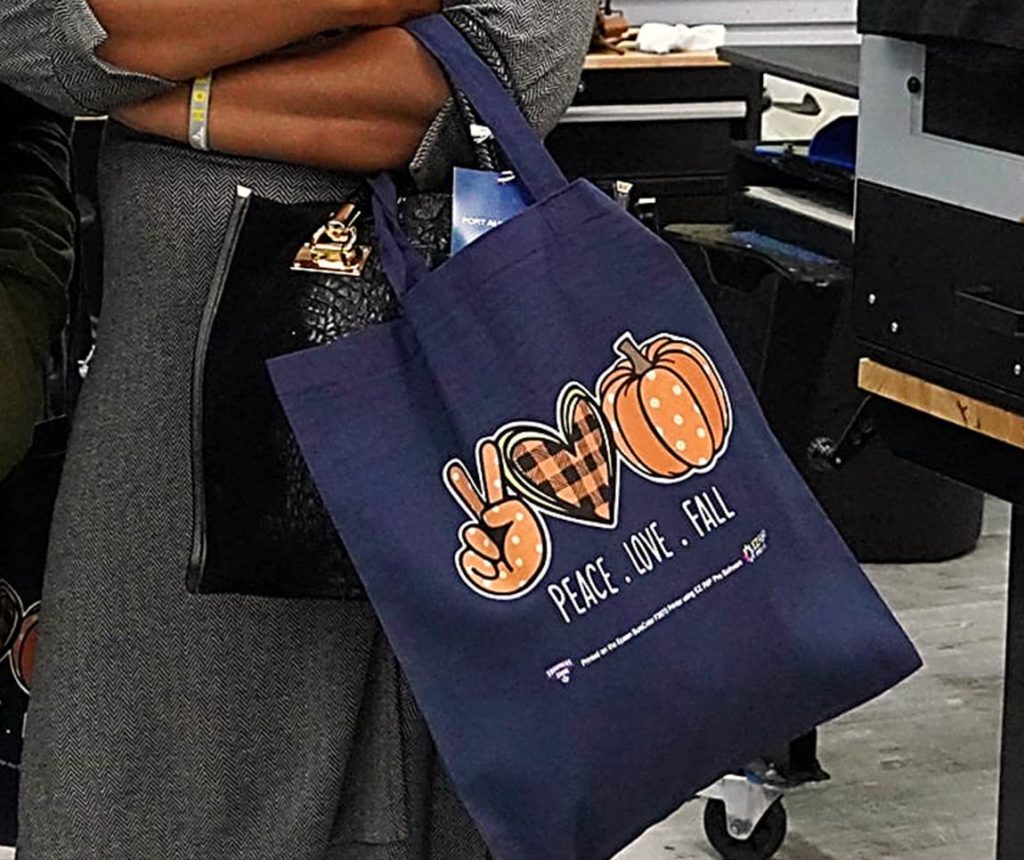
Let your customers know about the current shortages in apparel. First, ask them to give you more time to put the order together. Many of our customers become spoiled when we’ve produced last-minute orders or allowed them extra time to provide sizes, often at the very last minute. That’s a recipe for disaster today. Next, talk with them about second and third choices of colors and styles — and maybe the custom decorated alternative isn’t a garment at all.
Get bad news from your supplier? Call your customer immediately and keep them in the loop. “We’re all in this together,” should be the theme of the day.
Communicate with your suppliers. Talk with them about product availability and ask them for suggestions of alternatives. Your garment wholesaler welcomes this conversation as opposed to repeatedly telling you they’re out of this color or that size. Some suppliers have ‘what’s in stock’ sections on their websites to help you with buying and selling decisions.
Be prepared for some additional shipping costs due to products coming from multiple warehouses, and also prepare for slower delivery because of truck driver shortages nationwide. This counts if you’re shipping to your customer as well.
Talk with your staff. Calm their nerves as they see controlled chaos day-to-day in your shop. They need to be in the loop on your extra efforts in purchasing products and supplies. Educate them on how to honestly explain to your customers what’s happening in decorating today.
Here’s the good news: decorated apparel sales are up over pre-COVID-19 numbers. New decorators are entering the marketplace every day — as happens with all economic downturn periods. And these difficult times are likely an opportunity to have a better relationship with our clients and get those creative juices flowing to make all our businesses better for the future.
